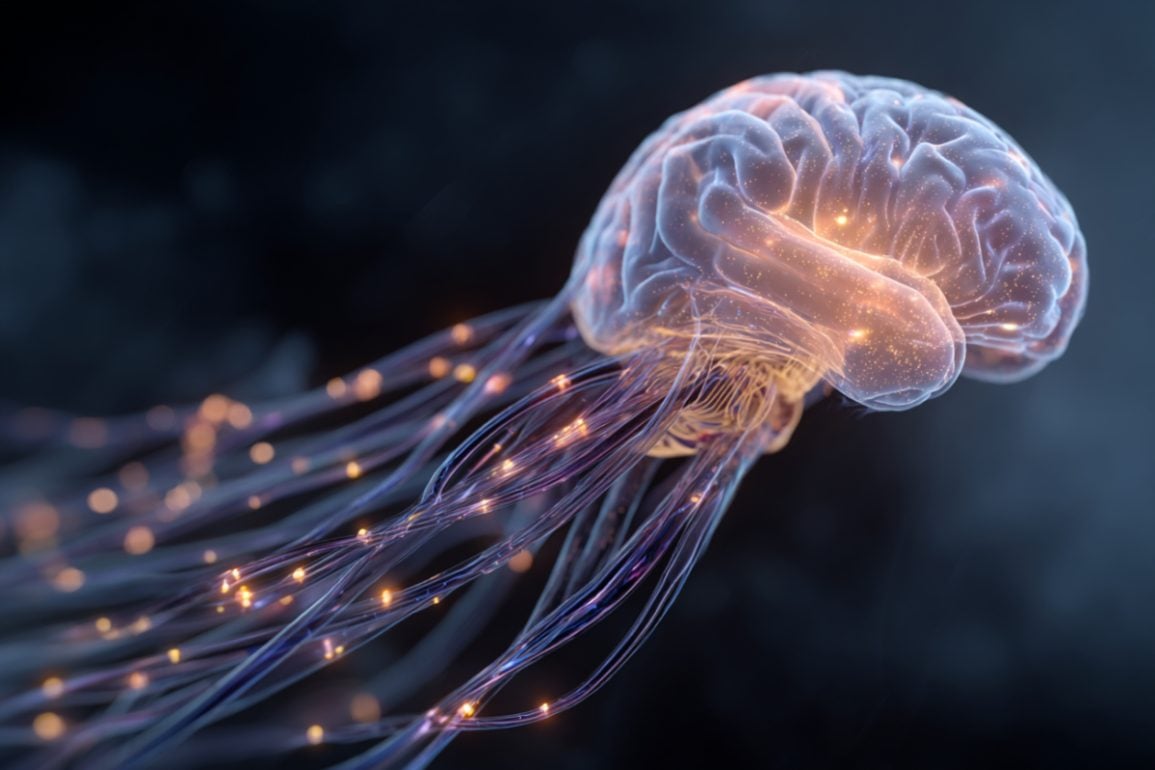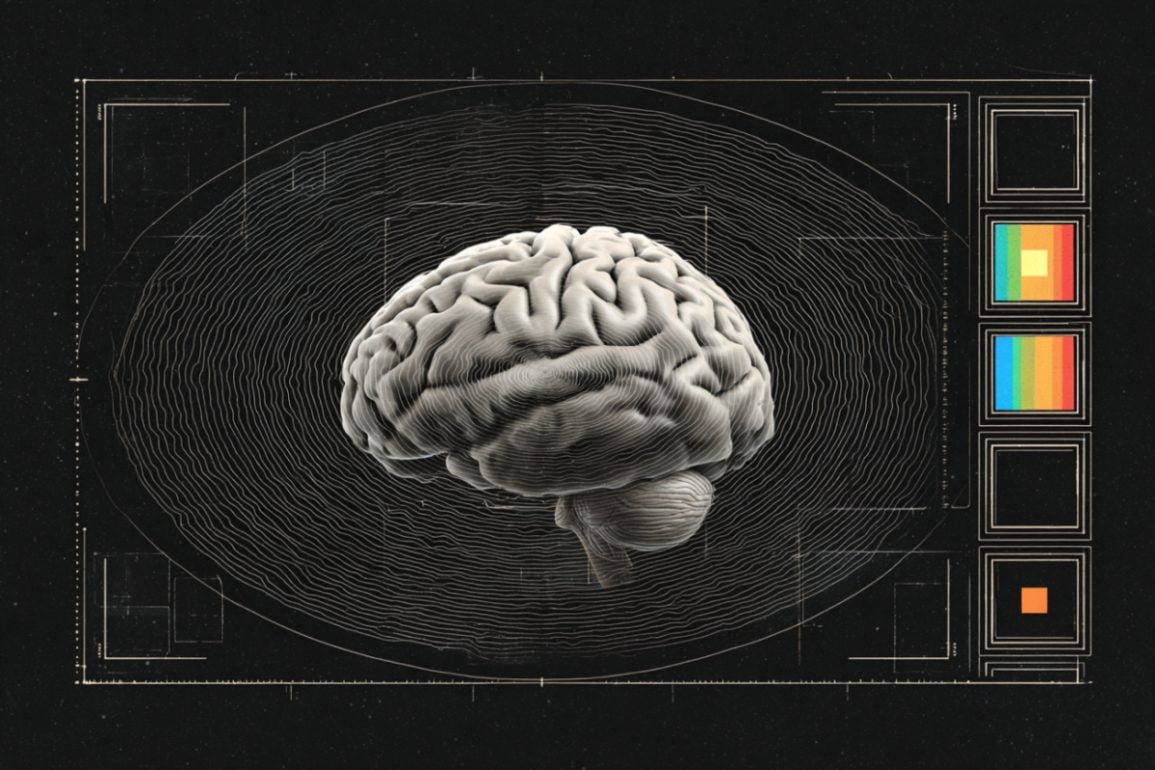Category: Neuroscience
Electronic Eye Implant Restores Reading Vision in AMD
 A groundbreaking European trial has shown that a new electronic eye implant, paired with augmented-reality glasses, can restore reading vision to patients blinded by geographic atrophy from dry age-related macular degeneration (AMD). The device, called the PRIMA System, enabled 84% of participants to read letters, numbers, and words through previously sightless eyes.
A groundbreaking European trial has shown that a new electronic eye implant, paired with augmented-reality glasses, can restore reading vision to patients blinded by geographic atrophy from dry age-related macular degeneration (AMD). The device, called the PRIMA System, enabled 84% of participants to read letters, numbers, and words through previously sightless eyes.
Why Getting Antioxidants From Real Food Beats Pricey Pills

In fact, a primary cause of aging is the damage accumulated across of a lifetime of oxidative stress.
The post Walnuts > Supplements? Why Getting Antioxidants From Real Food Beats Pricey Pills appeared first on Study Finds.
First Signs of Multiple Sclerosis Found Years Before Symptoms
 Researchers have traced the earliest stages of multiple sclerosis (MS), showing that the immune system begins attacking the brain up to seven years before diagnosis. By analyzing over 5,000 blood proteins, they identified molecular signs of damage to myelin—the protective sheath around nerve fibers—long before symptoms emerge.
Researchers have traced the earliest stages of multiple sclerosis (MS), showing that the immune system begins attacking the brain up to seven years before diagnosis. By analyzing over 5,000 blood proteins, they identified molecular signs of damage to myelin—the protective sheath around nerve fibers—long before symptoms emerge.
Finasteride and Suicide

For over two decades, millions of men worldwide have taken finasteride to combat hair loss, seeking a solution to balding that seemed simple and safe. But mounting evidence shows this cosmetic medication can cause severe depression and suicidality in some users.
The post Finasteride and Suicide: Two Decades Of Missed Warnings About Popular Hair Loss Drug appeared first on Study Finds.
Ibuprofen Might Offer Protection Against Cancer

Ibuprofen is a household name – the go-to remedy for everything from headaches to period pain. But recent research suggests this everyday drug might be doing more than easing discomfort.
The post Ibuprofen: How An Everyday Drug Might Offer Protection Against Cancer appeared first on Study Finds.
Theta Brain Waves Act Like Radar to Boost Visual Working Memory
 New research shows that the brain’s ability to detect subtle visual changes—like spotting an anomaly on a security monitor—depends on theta-frequency brain waves (3–6 Hz) that rhythmically sweep across the cortex. These traveling waves act like a radar, scanning different parts of the visual field and influencing when and where attention peaks.
New research shows that the brain’s ability to detect subtle visual changes—like spotting an anomaly on a security monitor—depends on theta-frequency brain waves (3–6 Hz) that rhythmically sweep across the cortex. These traveling waves act like a radar, scanning different parts of the visual field and influencing when and where attention peaks.
































